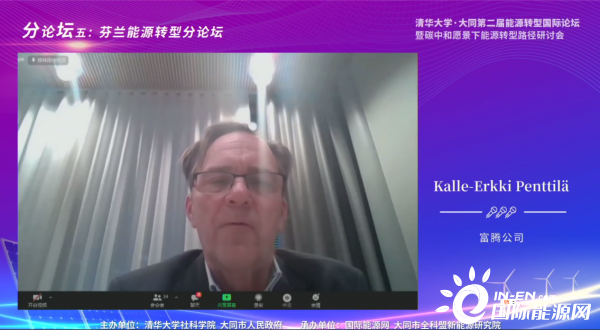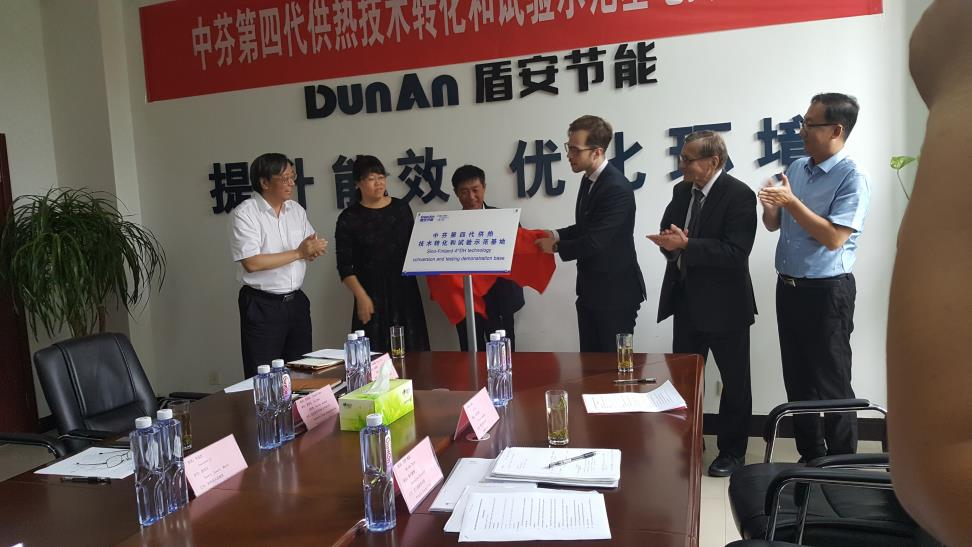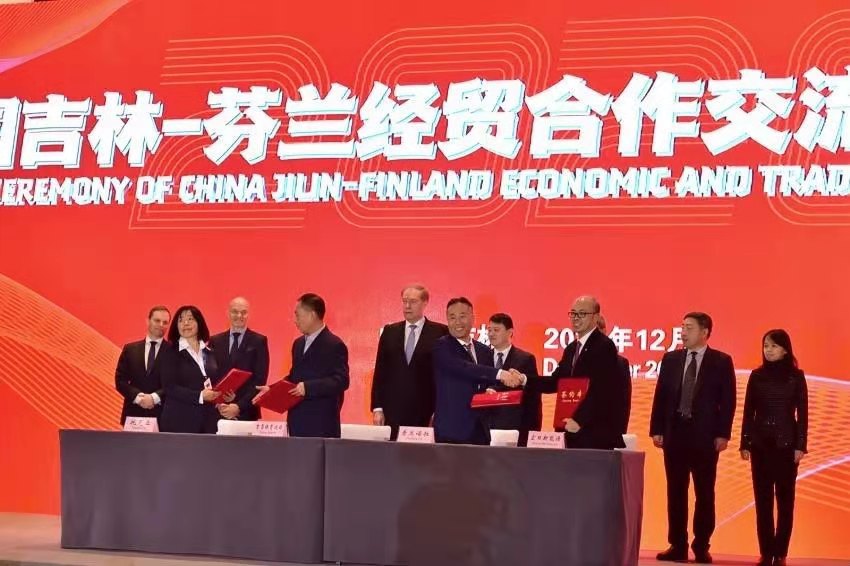Generally speaking, large generating units should focus more on the cost of power generation and reduce the heat price accordingly; the cost of thermal power plants with a capacity of 300,000 kilowatts or less should be tilted toward the heat energy side. However, it cannot be generalized in actual implementation, and should be allocated scientifically according to specific conditions.
A few days ago, the National Development and Reform Commission, the Ministry of Finance, the Ministry of Housing and Urban-Rural Development, the State Administration of Market Supervision, and the National Energy Administration jointly issued the “Opinions on Cleaning up and Regulating the Charges for the Urban Water Supply, Electricity and Heating Industry to Promote High-quality Development of the Industry” It is clearly stated that “heating companies with combined heat and power should allocate costs reasonably between electricity and heat.”
As the profit margins of the power generation business of coal-fired cogeneration companies continue to shrink, the heat sales business is becoming increasingly important for their business performance. In this context, what impact will the cost sharing proposed in the “Opinions” have on the combined heat and power units? In this regard, some industry experts pointed out that if measures such as reasonable cost allocation of electricity and heat can be implemented, it will help solve the “stubborn problems” such as the unsmooth pricing mechanism of cogeneration units and unreasonable heating prices, and promote the improvement of overall efficiency. The income of electricity companies in the heating sector may be affected.
(Written by Lu Bin, reporter from China Energy News)
Large differences in operation of thermal power plants
Reasonably apportioning the cost between electricity and heat means that cogeneration companies have to change the current cost allocation in the process of electricity and heat production. So, will the power plant heat sales business make more or less?
The specific impact of cost sharing is actually not certain, because thermal power plants themselves can also be divided into two categories, and the impacts of these two types of thermal power plants may be completely opposite. “Liu Bo, president of the Shandong Thermal Power Design Institute, told reporters, “Although they are called’cogeneration’, they are also divided into power plants that mainly generate electricity and heat by waste heat, and power plants that mainly supply heat and use heat and power. Power plant. Among them, the former are mostly pure condensing and extraction condensing unit with high parameters and large capacity of 300,000 kilowatts and above, with thermal energy only as a by-product, the latter are mostly less than 300,000 kilowatt units for thermal energy production as the main purpose.”
Liu Bo pointed out that the confusion of the above two concepts has caused some thermal power units to not receive the attention they deserve. “At present, large-scale coal-fired power generating units are the’ballast stone’ for power safety, and small-capacity, high-efficiency heat supply units are the’main force’ of heat supply. They all have important functions, but there are significant differences in positioning. In terms of consumption comparison, the energy consumption of backpressure units and small condensing units under specific operating conditions is much lower than that of large units. Therefore, it cannot be simply assumed that thermal power plants must have large capacity and high efficiency, and thus blindly “higher pressure and small pressure”. ”
“A practical factor is that in recent years, the state has strictly controlled coal power production capacity and restricted the approval and construction of pure power generation projects. For the smooth progress of some large-scale power generation projects, localities and enterprises must rely on the identity of cogeneration units.” One declined to be named. Experts in the industry pointed out, “Generally speaking, large generating units should focus more on the cost of power generation and reduce heat prices accordingly; the cost of thermal power plants with a capacity of 300,000 kilowatts or even smaller should be tilted toward the thermal energy side. But In actual implementation, generalizations cannot be made, and scientific allocation must be made according to specific conditions.”
There are differences in the determination of power plant heat prices
Although thermal power plants can be divided into different types according to their functions and technical routes, they essentially produce electricity and heat by burning coal. What standards should be used to calculate costs and then allocate them reasonably?
Liu Bo believes that the most scientific way to determine the electricity and heat costs of cogeneration units is to verify and apportion based on the heat-to-electricity ratio and calorific value. “The heat is measured by calorific value, and the amount of electricity generated can also be converted into calorific value. The electricity and heat are measured according to the same standard, which can simply and clearly reflect the amount of electricity and heat products produced by the thermal power plant, so as to achieve a reasonable allocation.”
However, the reporter learned that the current heat prices sold by many waste heat heating plants to heating companies have greatly exceeded the actual heat production costs.
Fu Lin, a professor at Tsinghua University, said frankly that the long-distance heat supply scheme that he has advocated for long-distance transmission of waste heat from power plants is affected to a certain extent by the heat price of power plants during the promotion process. “According to the traditional practice of the power industry, power plants usually determine the heating cost based on the cost of steam produced by coal-fired boilers. Thermal power companies often think that the determined heating price is too high, so they are unwilling to accept it. Power generation companies are unwilling to accept the proportion of the cost calculated based on the ratio of this ratio. The two sides do have differences on this issue.”
But for coal-fired power companies whose main business is power generation, what does it mean to reduce heat prices?
“Coal power companies are not exploring the heat supply business because of the huge profit margins in this industry, but more because of the “survival” after increased operating pressure.” An official from a power generation central enterprise in Jiangsu told reporters, “Coal power is no longer lucrative. In the industry, relatively speaking, sales of heat are indeed more profitable than sales of electricity, but this is almost the only main source of profit for power plants. If this part of the “cake” is to be compressed, how can power plants survive? heat?”
Pricing mechanism needs to be improved
The pressure on power generation companies has doubled, and as a thermal power company in the downstream of the industrial chain, life is not easy.
“One end is that power plants are unwilling to sell heat prices, and the other is that residential heating prices cannot rise. From the perspective of cost pressure, our situation is similar to that of power plants, and the government will not allow heating companies to become a profiteering industry.” The person in charge of the heating power company told reporters, “not only that, we are operating a heating power pipe network, connecting users, and directly assuming the responsibility of guaranteeing supply. The power plant can file for bankruptcy if it can’t go on, what about the heating power company?”
Regarding the issue of terminal heat prices, Liu Bo said that as early as 2005, the National Development and Reform Commission and other departments formulated a “coal and heat linkage” mechanism, but it has been difficult to implement for many years. “Heating involves people’s livelihood, and heating prices in many places remain unchanged all year round. At the same time, during the ’13th Five-Year Plan’ period, the heating income tax in the Three North regions implemented the immediate tax refund policy, and most places subsidized the tax to heat transmission companies. This bears the cost pressure caused by the inadequate coal-heat linkage mechanism.”
Similar to the “coal-heat linkage”, the “coal-electricity linkage” mechanism is still difficult to implement after several adjustments, and it will be officially cancelled in 2020. Some experts have called for heating units to establish a “two-part” heating price with reference to the two-part electricity price, and to pay capacity fees for some units.
The “Notice on Matters Concerning the Two-Part Electricity Price for People’s Livelihood Heating Coal-fired Back Pressure Units” issued by the Shandong Provincial Development and Reform Commission in 2019 clarified that Shandong’s people’s livelihood heating coal-fired back pressure units will implement the two-part power price since November of that year. , The capacity price is implemented during non-heating season, and the electricity price is implemented at other times. The “Opinions” released this time also proposed that regions with conditions should gradually implement a two-part heating price that combines basic heating prices and metered heating prices.



